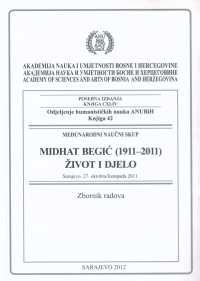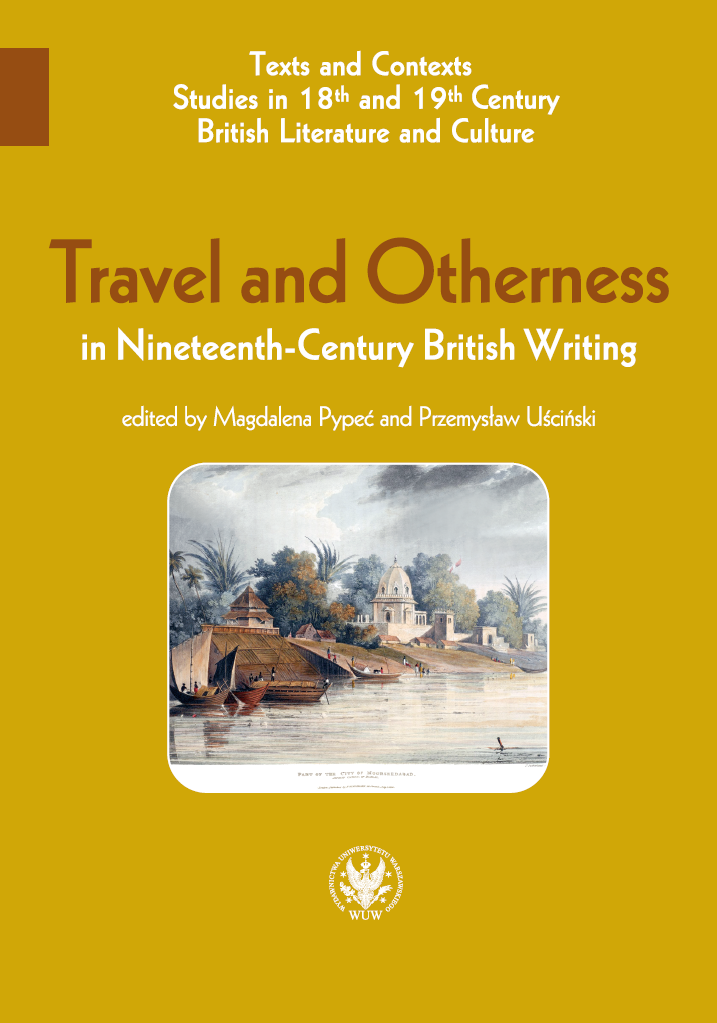Author(s): Ješa Denegri / Language(s): Serbian
Publication Year: 0
Kada je 1988. časopis Izraz obeležavao tridesetu godišnjicu izlaženja, za tu priliku priložio sam kratki osvrt pod naslovom Izraz - idealni prostor za slobodnog strelca, podsećajući se davne saradnje sa ovim časopisom kojemu je u to vreme glavnim i odgovornim urednikom bio Midhat Begić (a članovi redakcije Miodrag Bogićević, Ivan Focht, Nikola Koljević, Slavko Leovac, Salko Nazečić i Husein Tahmiščić). Nažalost, Begića lično nikad nisam sreo, niti sam pobliže upoznat sa njegovim delom; stoga od vas moram zatražiti izvinjenje što o njemu ne mogu ništa valjano reći, jedino se mogu još jednom prisetiti saradnje sa Izrazom započete upravo u vreme njegovog uredničkog razdoblja i podsetiti šta je Izraz značio za tadašnje mlade u Beogradu, koji su, ne znajući kako i gde, stremili objavljivanju svojih prvih napisa. Valja se, naime, vratiti u rane šezdesete i posvedočiti daje Izraz kao tadašnji jedini jugoslovenski “časopis za književnu i umjetničku kritiku”, kako mu je stajalo u podnaslovu, bio vrlo pomno i redovno praćen među beogradskim studentima i tek diplomiranim istoričarima umetnosti, pažnjom pojačanom još i time što je naš profesor Lazar Trifunović upravo u Izrazu objavio niz priloga (o ruskoj avangardi, Kandinskom, Lubardi, o srpskoj likovnoj kritici), koji su nam bili obavezna ili dopunska literatura. No osim toga, Izraz je donosio mnoštvo drugih priloga iz estetike, teorije i kritike, za razliku od drugih časopisa poput, na primer, beogradskih Dela i Savremenika, koji su znatan prostor poklanjali proznoj i pesničkoj produkciji, a posebno dragoceni bili su u Izrazu prevodi iz inostrane stručne literature, u to vreme vrlo retke u izvornom vidu. Dakle, upravo takvom, za sve nas vrlo uglednom glasilu, osmelio sam se jednoga dana početkom 1962. poslati početnički napis (o slikarstvu Stojana Ćelića) a da nikoga nisam u redakciji poznavao, bez ičije preporuke, da bi se posle kratke neizvesnosti taj napis pojavio u šestom broju juna meseca iste godine.
More...




